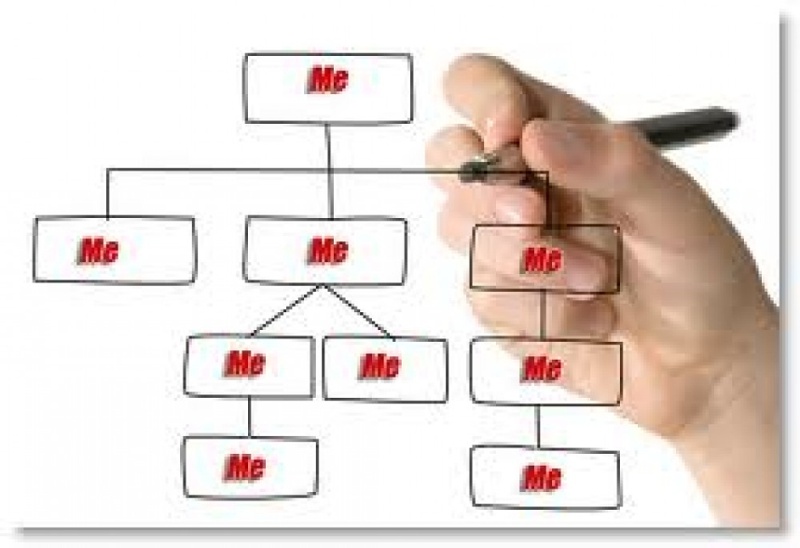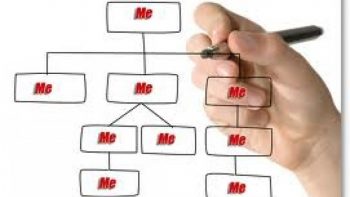
 Recently I made a presentation to the Ottawa Chapter of SEMPO (Search Engine Marketing Professionals Organization). My talk was focused on developing your organization’s online presence — much lighter fare
Recently I made a presentation to the Ottawa Chapter of SEMPO (Search Engine Marketing Professionals Organization). My talk was focused on developing your organization’s online presence — much lighter fare
than the other presentation that evening: a technical and data-driven presentation by Bing with their PPC Case Studies! (pretty cool stuff, btw)
One of the online mastery tips stressed the importance of remaining true to your brand and consistent in your core messaging. Some people picked up on this point and we discussed some of the challenges in maintaining an organization’s online brand. I’ve thought a little further about this, and below I’ve outlined some of the issues and how a mission statement can mitigate them.
In our digital world, branding at a corporate level is supported by many groups: management, staff, industry watchers, customers, and even the public-at-large. That allows it to leverage the online contributions of all these different groups of people, which can be a double-edged sword. On the positive side there are many people to carry the burden of monitoring, researching, blogging, posting, liking, pinning, tweeting, and so on, and so on…. However, on there are inherent risks as well, such as:
Many Individual Voices: Who wouldn’t want more people talking positively about their company and supporting the corporate brand? Harnessing the exponential networking power of the Internet is exciting and rewarding, but it also opens a vulnerability. All those voices are individuals, each with their own perspective and bias. Your organization may have little influence on what they say; how do you get all those voices singing from the same hymnal?
Varying Tones of Different Social Media: Not all social media “sounds” the same. Not only do some online social vehicles cater to different demographics, but people even communicate differently. With a short message, such as Twitter and many online posts and comments, the message can appear terse or flippant and easily be misinterpreted. So how does an organization ensure that the message is being communicated properly?
Focus of the Message: When corporate markets generate online content, they do so strategically. The topics are specific to the corporation’s product, service or industry, the tone is metered to resonate with the targeted reader, the messaging is supportive of the organizational brand, the language includes keywords to help organic search. An array of tactical decisions focus the message. How can management edit the myriad of messages being sent out by staff and the public?
The short answer to these scenarios is “you can’t.” And, you shouldn’t. The nature of the Internet is transparency and communication without boundaries. Corporations that try to micro-manage this are fooling themselves and endangering their relationships with employees and other stakeholders. Most corporations monitor and vet much of the social media and blogging activity. On their own corporate accounts they can delete or edit serious transgressions (but shouldn’t be altering posts simply because they don’t agree with them).
I’m sure there are other potential negative consequences as well (feel free to add your thoughts in the comments below), but I believe the point has been made: along with the upside of people supporting your organization brand online, there are several potential negative repercussions.
This is where your mission statement comes in. First. let me be clear that this is not a panacea. The most wonderfully worded mission statement will not insulate your organization from the potential harm listed above. However, here are some ways on which it can help:
Reflects Your Brand: Your mission statement is a reflection, perhaps even summary, of your brand. (If it isn’t, call me. Soon!) The statement should give the reader an idea of what your company stands for and why it exists. As such it sets the tone and provides context for online content written by others.
Philosophical Guidance: Understanding where an organization is coming from can better inform writers (and readers) and effectively guide blogs and comments.
Talking Points and Keywords: Strategically written missions include specific words and phrasing that effectively convey the desired message. They can therefore provide some actual wording and keywords for writers.
In order to have some influence, people need to know it. so it should be used whenever appropriate and easily found on your website. (Don’t bother checking our website, I know it’s not there. Our website has many serious faults and will soon be replaced.) In addition to promoting your mission statement, it would be wise to guide your corporate writers in how to produce good, readable content.
Organizations are now faced with the struggle of leveraging stakeholders to talk (blog, tweet, post) and promote the organization online versus the vulnerability of less control over their messaging. A well-worded mission statement that is effectively communicated can help provide context and guide the digital dialogue.
What is your take on the issue; are there aspects not considered here?






